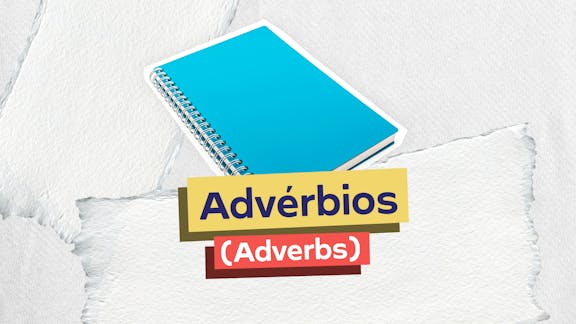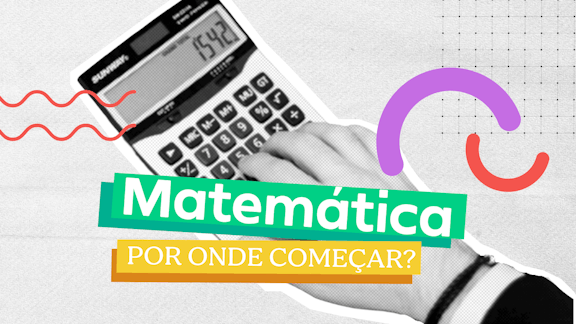Which is the CORRECT ORDER of the prepositions missing from
PARAGRAPH 4 of TEXT D:
TEXT D
PARAGRAPH 1: The payment of fees by students is widely seen as
a novelty. In fact this ‘innovation’ marks a return to the medieval
origins of universities. At that time student money meant student
power on a huge scale. Medieval student power was focused on the
University of Bologna. […] This power was based on their economic
grip over their teachers.[…] Most university lecturers depended for
their academic incomes on teaching fees collected from their students.
[…] The power which students derived from paying fees at Bologna
led to extensive control over the lecturing system. […]
PARAGRAPH 2: For what was a lecturer punished? He was fined if
he started the lectures a minute late or if he went beyond the approved
time. […] The lecturer was also fined if he failed to cover the syllabus
according to an agreed timetable. […]
PARAGRAPH 3: All students were encouraged to denounce
lecturers who were absent without leave or who contravened the
statutes in any other way. In addition, there was also an organized
system of secret denunciations. Four students were elected in secret
to spy on the lecturers. […]
PARAGRAPH 4: Student power at Bologna lasted a little over one
hundred years […] As __ its rise, its demise is linked directly __ the
subject __ student fees. By 1350 almost all the lecturers were
appointed and paid __ the local commune. With changes in the
payment of lecturers, control of the university passed __ the students
to the commune and there it would remain.
PARAGRAPH 5: What does the situation in medieval Bologna
have to say to us? Hopefully the return of student fees will not be
accompanied by the return of student spies, secret denunciations
and fines on lecturers. But, as ever greater emphasis is placed on
research, the Bolognese case may be a timely reminder of the demands
of students and of the importance of high quality teaching.
UOW Magazine, ISSUE 9
Gabarito comentado
Resposta correta: A - with, to, of, by, from
1) Tema central
A questão exige domínio das preposições idiomáticas e das relações semânticas (agente, matéria/assunto, origem/destino). Identificar collocations (combinações fixas, ex.: "linked to", "subject of", "paid by", "pass from ... to") é essencial.
2) Resumo teórico
- "As with" = expressão comparativa: "assim como" / "tal como".
- "link(ed) to" = ligação direcionada: o alvo da ligação usa "to". (Cambridge Dictionary: collocation "linked to").
- "subject of" = tópico/assunto é introduzido por "of".
- Voz passiva: agente é introduzido por "by" (appointed and paid by...).
- Transferência/alteração de controle: usa-se par pré-posicional "from ... to" (origem → destino).
3) Justificativa detalhada (por palavra)
- 1ª lacuna: with — "As with its rise" = "Tal como em sua ascensão". "As to its rise" seria incorreto aqui; não transmite comparação.
- 2ª lacuna: to — "linked directly to the subject" é a construção padrão: algo é ligado/relacionado a (to) um assunto.
- 3ª lacuna: of — "the subject of student fees" = "o assunto relativo às taxas estudantis" (posse/pertinência).
- 4ª lacuna: by — voz passiva: "appointed and paid by the local commune" (a comuna é o agente que nomeava/pagava).
- 5ª lacuna: from — movimento de controle: "passed from the students to the commune" (origem: students; destino: commune).
4) Por que as outras alternativas estão erradas (resumo)
- B (to, with, of, from, by): começa com "As to its rise" (não comparativo); além disso inverte "by/from" no fim, tornando "paid from the local commune" (impróprio: commune paga = agente = by) e "passed by the students to the commune" (passagem "by" não indica origem).
- C (by, to, with, of, from): "As by its rise" nonsense; terceira lacuna "subject with student fees" errado (usa-se "of").
- D (from, of, by, with, to): "As from its rise" incorreto; mistura agentes e relações de tópico de forma incompatível.
- E (of, to, by, from, with): "As of its rise" mudaria sentido temporal/possessivo; termina com "passed with the students to the commune" errado (uso de "with" não expressa transferência de controle).
5) Estratégias práticas
- Procure verbos e expressões-chave (linked, subject, paid, passed) e pergunte: quem é o agente? qual o alvo? origem ou destino?
- Memorize collocations frequentes: "linked to", "subject of", "paid by", "pass from ... to".
Fontes úteis: Cambridge Dictionary (collocations) e Cambridge Grammar of the English Language (para voz passiva e papeis semânticos).
Gostou do comentário? Deixe sua avaliação aqui embaixo!






